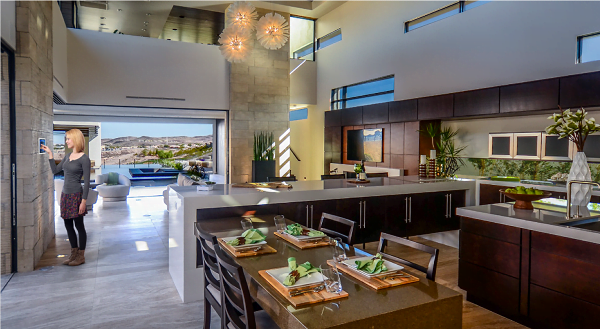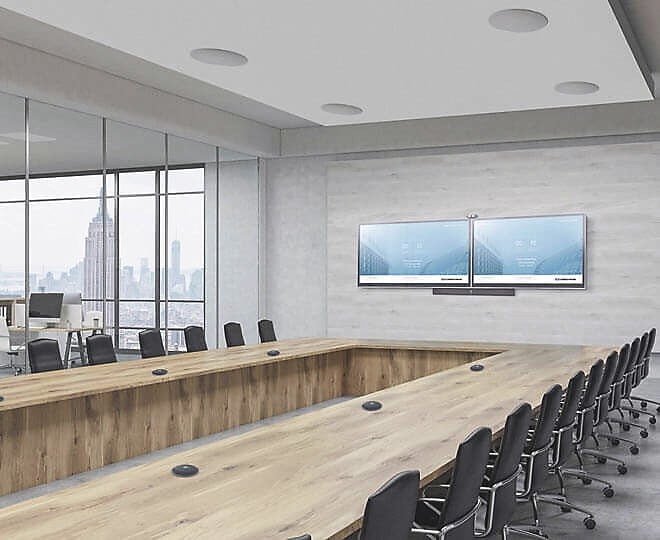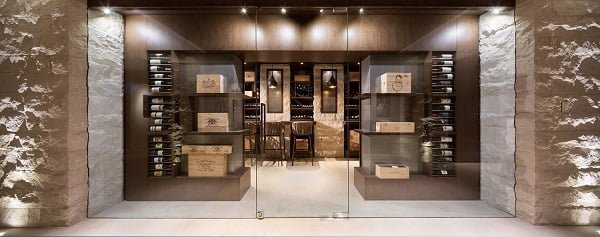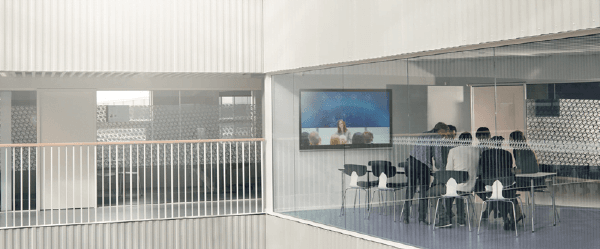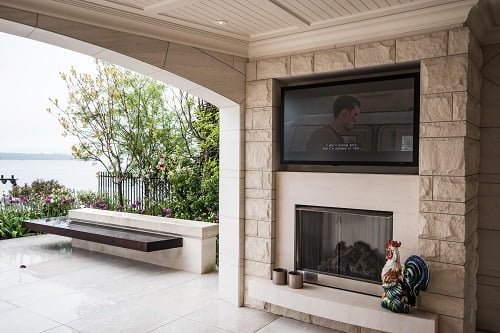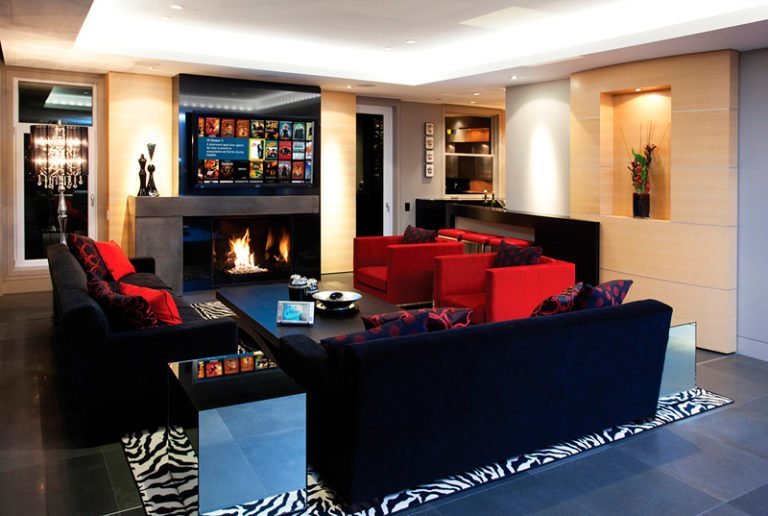Effective, productive collaboration is dependent upon the participants’ ability to communicate and engage with the shared content. Content must be clearly visible with displayed text legible from every seat in the room. Designing the space with the appropriate display size, type and placement is key in creating an engaging, collaborative environment. Addressing the space’s technologies early in the planning phase will allow for the most flexibility in design options and provide the best possible outcome. Determining the ideal display will require an analysis of the requirements and goals. Working with the interior designer and project stakeholders to factor in furniture, calculations of the room’s dimensions, viewing distances and angles can be made. Ambient light, available in-ceiling and on-wall mounting locations, control system, budget and the types of content to be viewed will be factored in as well. Viewing Distance Determines Display Type Viewing distance is calculated based on the furthest participant and is a key factor in determining display type. There are various methods of calculation to determine proper viewing distance and screen size. Our commercial AV industry association, AVIXA (Audiovisual and Integrated Experience Association, formerly Infocomm), offers the specification “ANSI/INFOCOMM V202.01:2016, Display Image Size for 2D Content in Audiovisual System”. This industry standard uses multiple calculations that factor content, image size, font size, viewer positions from multiple locations, ambient light, off-axis viewing, the human eye’s range of sight at various angles, and more. These standards apply not only to presentation spaces, but to more complex applications as well including auditoriums, multi-purpose spaces and large training venues. Content Calculations Calculations using a multiplier factor can provide a close estimation of display size that can help guide the design of small-to-medium size spaces including huddle spaces, board rooms and conference rooms. Screen size and distance calculations are greatly impacted by the content being presented, however, because the type of content dictates the multipliers (or factors) used in the calculation. For corporate environments where presentations including PowerPoint, Excel, Word or Webpages will be shared, a large image will enhance user engagement by allowing participants to clearly and comfortably read the content. To calculate for this scenario, use a multiplier of 6 times the display’s image height (based on 1920 x 1080P resolution) to determine the furthest seating position. If data-rich content such as CAD drawings, Word or Excel documents or Web pages are to be shared, a factor of 4 should be used for added clarity. In rooms using video conferencing (WebEx, Skype, etc.) a multiplier of 4 is also recommended since it is a mixed-use application with multiple windows within the display image. Video viewing is more lenient respective to screen size and distance. Smaller screen sizes or longer viewer distances are acceptable. The multiplier used for general video increases to 8 times the display’s image height. For example, if using a 55″ Monitor (27″ high screen height), the maximum seating distance would be 18’ (8 X 27” = 216”). In a mixed-content environment, such as a conference room, the text-content calculation would be the default. An alternative offering great flexibility without compromising design is installing both a flatpanel display as well as a recessed projection screen which can provide a larger image when required. The 45° Cone Viewing angles are an important consideration, especially with rooms that are exceptionally wide or where multiple displays may be needed. For ideal viewing, participants should be within 45 degrees from the center of the screen. The top of the screen should ideally be positioned within 30 degrees above eye level. AVIXA’s standard is more exact, but this general guideline will help set the expectation of screen size and positioning for design purposes. Aspect Ratio and Scaling Widescreen aspect ratios of 16:9 and 16:10 are prevalent, with 16:9 becoming the go-to. Laptops have standardized on 16:9, but most new displays and projectors can properly scale a 16:10 image to 16:9 and visa-versa. Any incompatibilities in native resolution can be addressed by the system designer. Providing a screen that maximizes your content will keep your participants engaged and allow for a successful, productive meeting. Do you have a collaborative space that could benefit from a more engaging video solution? Call us for a complimentary on-site assessment of your space! We’ll do the math!
